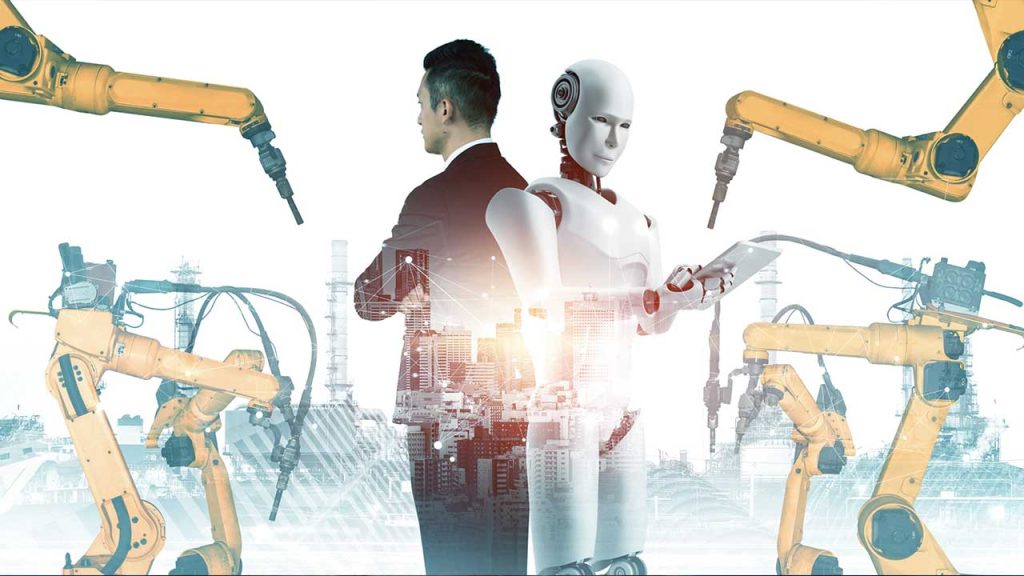The Hidden Advantage of Generative AI in Manufacturing: Speed, Not Just Smarts
For manufacturers, generative AI isn’t just about prediction—it’s about eliminating bottlenecks in model creation and deployment.
While predictive maintenance and quality optimization often dominate the conversation around AI in manufacturing, a more transformative shift is quietly underway: AI is finally fast enough to scale.
At IIoT World’s 2024 session on Revolutionizing Asset Management, experts from IBM and Prometheus Group spotlighted an overlooked benefit of generative AI—its ability to radically compress the time and cost it takes to build and deploy industrial AI models.
Why Traditional AI Hit a Wall in Manufacturing
Historically, applying AI to manufacturing required heavy customization. Every machine, asset, or process often needed its own model—built, trained, validated, and monitored. That meant months of work for data scientists, lengthy feedback loops, and budgets that only large enterprises could support.
This wasn’t scalable—especially for mid-sized manufacturers or companies with thousands of heterogeneous assets.
Enter Foundation Models for Industrial Data
Generative AI changes the equation. Instead of crafting models one at a time, manufacturers can now use pre-trained foundation models—built on massive amounts of time-series and sensor data—that adapt to a wide range of industrial use cases.
These models support:
- Zero-shot learning, allowing deployment with little to no custom training
- Simultaneous monitoring of multiple KPIs, rather than building siloed models
- Faster time-to-insight, shortening implementation from months to days
A 40x Reduction in Deployment Costs
The cost implications are hard to ignore. According to insights shared during the session, deploying foundation models using generative AI can be up to 40 times cheaper than conventional AI methods. And it’s not just about money—it’s about removing delays that stall broader digital transformation.
Moving Beyond Maintenance
While predictive maintenance remains a core application, generative AI is already proving valuable in process optimization, energy efficiency, and anomaly detection. In complex industries like cement, steel, and semiconductors, these models help fine-tune equipment performance, reduce waste, and improve yield—all without the months-long wait for traditional model development.
Democratizing AI for the Industrial Mid-Market
Perhaps the most disruptive implication: you no longer need an in-house AI lab to benefit from AI. With foundation models accessible via open-source tools or embedded in industrial software platforms, manufacturers of all sizes can now experiment, test, and scale AI projects with minimal resources.
That’s a shift worth watching—because it changes who can win in the next phase of smart manufacturing.
Source: Insights from the session “Revolutionizing Asset Management: Harnessing Asset Master Data, IoT, and AI for Strategic Decision-Making,” presented during IIoT World Manufacturing & Supply Chain Day 2024.
Related articles:
